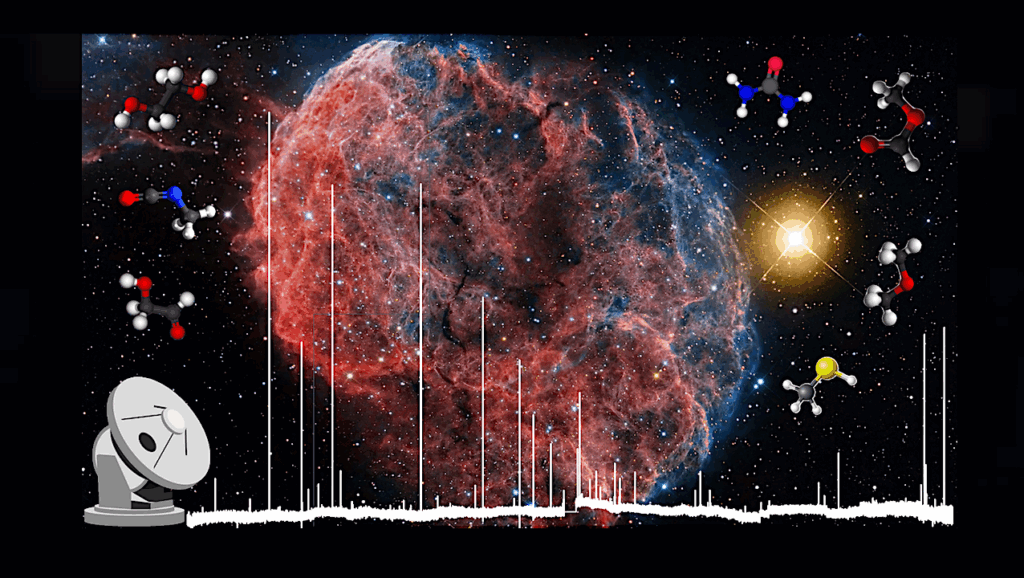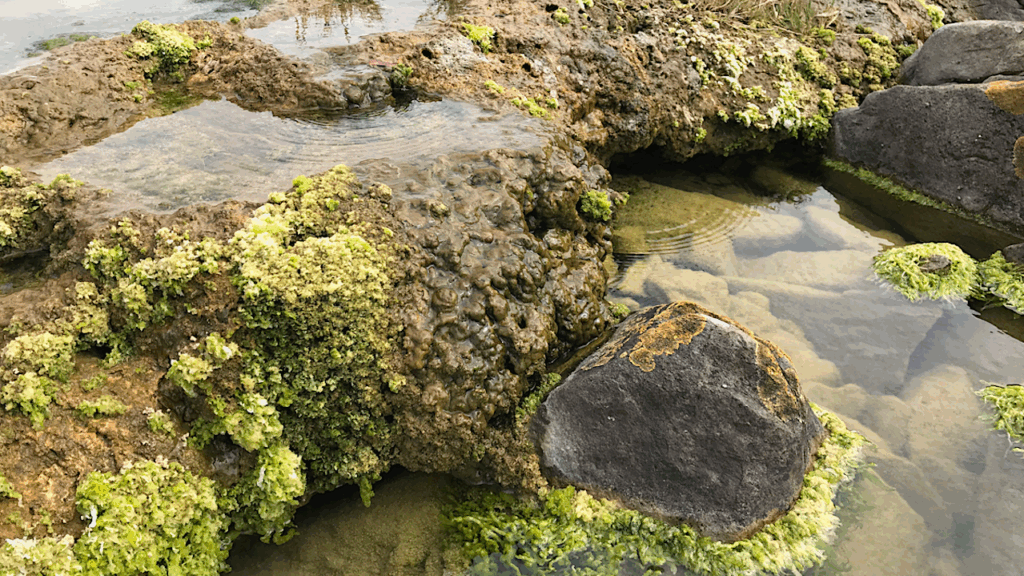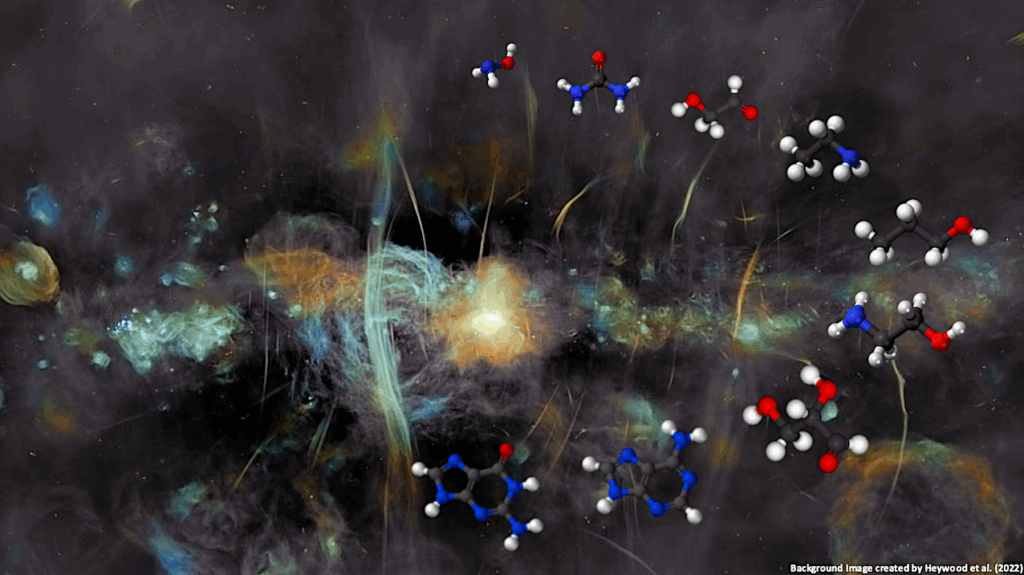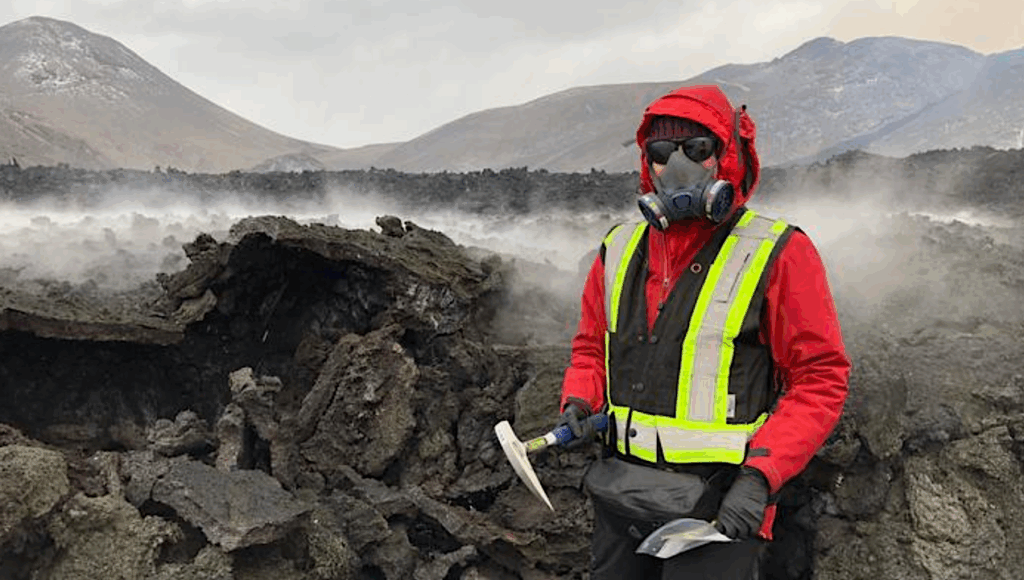Ocean Sediments Might Support Theory That Comet Impact Triggered Younger Dryas Cool-off

Analysis of ocean sediments has surfaced geochemical clues in line with the possibility that an encounter with a disintegrating comet 12,800 years ago in the Northern Hemisphere triggered rapid cooling of Earth’s air and ocean. Christopher Moore of the University of South Carolina, U.S., and colleagues present these findings in the open-access journal PLOS One on August 6, 2025.
During the abrupt cool-off—the Younger Dryas event—temperatures dropped about 10 degrees Celsius in a year or less, with cooler temperatures lasting about 1,200 years. Many researchers believe that no comet was involved, and that glacial meltwater caused freshening of the Atlantic Ocean, significantly weakening currents that transport warm, tropical water northward. In contrast, the Younger Dryas Impact Hypothesis posits that Earth passed through debris from a disintegrating comet, with numerous impacts and shockwaves destabilizing ice sheets and causing massive meltwater flooding that shut down key ocean currents.
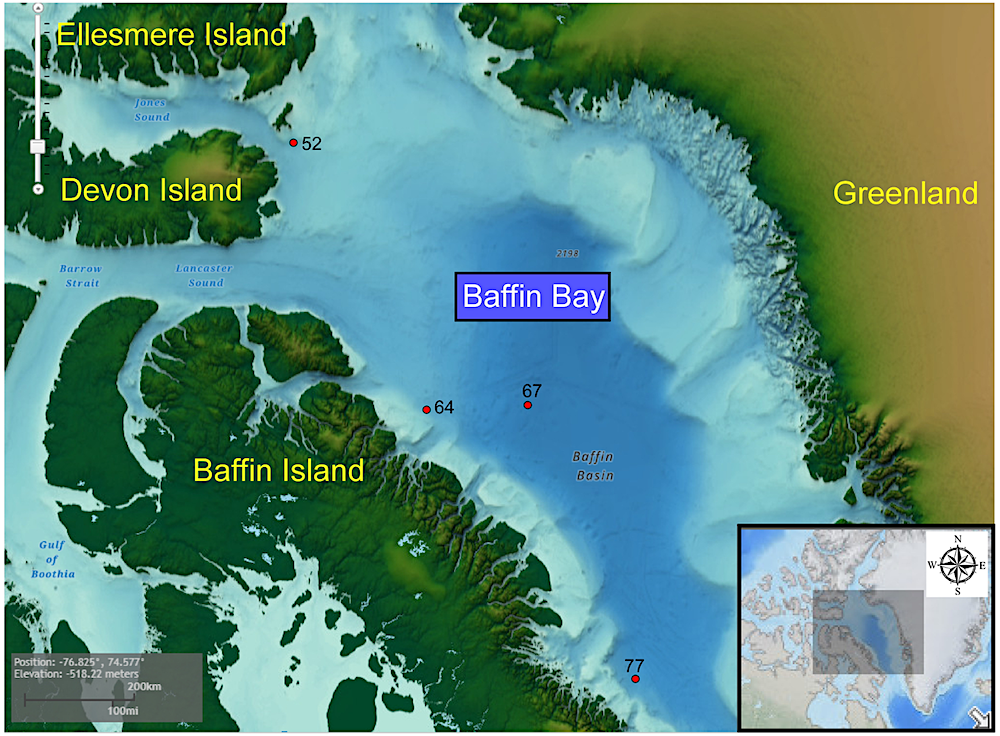
(a) Map of northeast Canada and Greenland showing the location of Baffin Bay and core 83029−052 (small red box in panel a), and (b) locations of cores 2013029−064, 2013029−77, and 2008029−67 sampled for this study (small red boxes). The map was created using the NCEI Bathymetric Data Viewer and is public domain. (https://www.ncei.noaa.gov/maps/bathymetry/). https://doi.org/10.1371/journal.pone.0328347.g001
However, the impact hypothesis has been less well supported, lacking any evidence from ocean sediments. To address that gap, Moore and colleagues analyzed the geochemistry of four seafloor cores from Baffin Bay, near Greenland. Radiocarbon dating suggests the cores include sediments deposited when the Younger Dryas event began. To study them, the researchers used several techniques, including scanning electron microscopy, single-particle inductively coupled plasma time-of-flight mass spectrometry, energy dispersive spectroscopy, and laser ablation inductively coupled plasma mass spectrometry.

Features include aerodynamically-shaped microspherules (panels a and l); a broken microspherule revealing a hollow interior (panel c); a hollow microspherule with a bleb of a low-oxygen transitional mineral phase between chromite (FeCr2O4) and (Fe2Cr2O4). (panel d); microspherules with rounded blebs consisting of a mix of iron sulfide and iron silicide (FeSi and FeS), indicating formation in a reducing environment (panels e and h); multiphase microspherules with possible secondary impacts of melted material containing iron phosphide (FeP) (panels k and m), also indicating a reducing environment; microspherules a, d, g, i, j, l, and o showing dendritic texture; and conjoined microspherules showing dendritic textures, areas of melting, and interior fragments (panels o and p). Microspherules c, e, f, and h are silica-rich (See SI, Fig S9, [https://zenodo.org/uploads/15330698]); all others are Fe-rich. Diameters for 73 microspherules ranged from 163 to 4 μm, with an average of 64 μm. See SI, Figs S10-S58 (Core 52); S117-S127 (Core 64); S168-179 (Core 67); S223-S231 (Core 77) for EDS analysis of microspherules (https://zenodo.org/uploads/15330698). https://doi.org/10.1371/journal.pone.0328347.g005
The analysis detected metallic debris whose geochemistry is consistent with comet dust. These occurred alongside microscopic spherical particles whose composition indicates a mostly terrestrial origin, with some materials believed to be extraterrestrial—suggesting these microspherules could have formed when comet fragments exploded just above or upon hitting the ground, melting materials together. The analysis also uncovered even smaller nanoparticles with high levels of platinum, iridium, nickel, and cobalt, which can be signs of extraterrestrial origin.
Together, these findings indicate a geochemical anomaly occurring around when the Younger Dryas event began. However, they do not provide direct evidence supporting the impact hypothesis. More research is needed to confirm whether the findings are indeed evidence of impact, and to firmly link an impact to climate cooling.
Dr. Christopher R. Moore adds: “Our identification of a Younger Dryas impact layer in deep marine sediments underscores the potential of oceanic records to broaden our understanding of this event and its climatological impacts.”
Dr. Mohammed Baalousha adds: “It is great to implement our unique nano-analytical tools in a new area of study, namely the analysis of nanoparticles generated or transported to the Baffin Bay core site during the Younger Dryas. We are always happy to implement our tools to support our colleagues and explore new frontiers.”
Dr. Vladimir Tselmovich adds: “Collisions of the Earth with comets led to catastrophes leading to climate change, to the death of civilizations. One of these events was a catastrophe that occurred about 12,800 years ago. Having studied in detail the microscopic traces of this disaster in Baffin Bay, we were able to find multiple traces of cometary matter, which was identified by the morphology and composition of the microparticles found. The amount of comet dust in the atmosphere was enough to cause a short-term “impact winter,” followed by a 1,400-year cooling period. The results obtained confirm the hypothesis that the Earth collided with a large comet about 12,800 years ago.”
Astrobiology,


